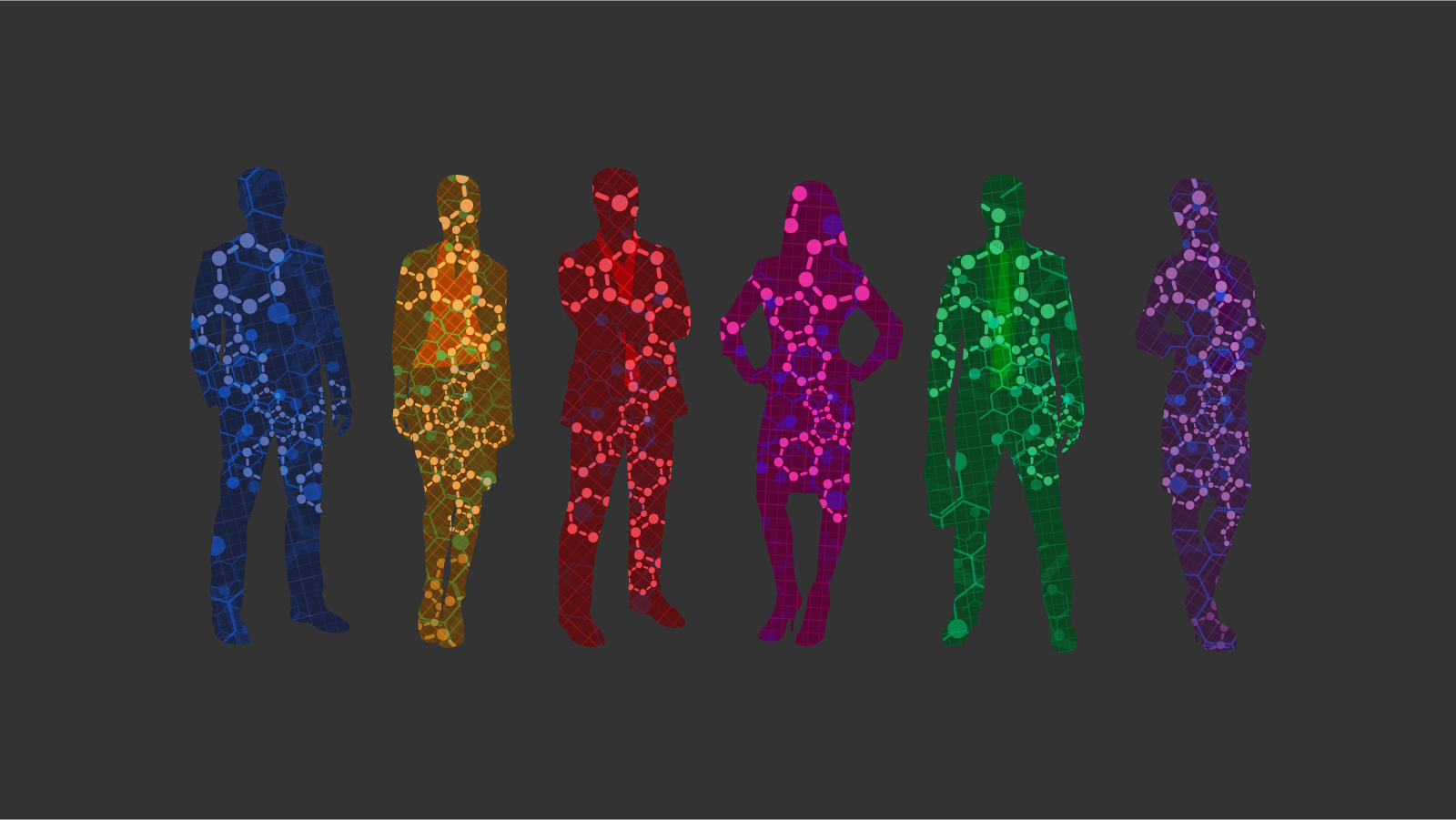Adrenal Fatigue / Hypoadrenalism - Low CoQ10 has been shown to lead to hypoadrenalism. The role of adrenal steroids in antioxidant regulation is not known. Previously, we demonstrated some Coenzyme Q(10) (CoQ(10)) alterations in pituitary diseases, which can induce complex pictures due to alterations of different endocrine axes. Therefore we determined CoQ(10) and Total Antioxidant Capacity (TAC) in pituitary-dependent adrenal diseases: 6 subjects with ACTH-dependent adrenal hyperplasia (AH); 19 with secondary isolated hypoadrenalism (IH), 19 with associated hypothyroidism (multiple pituitary deficiencies, MPH). CoQ(10) was assayed by HPLC; TAC by the system metmyoglobin-H(2)O(2), which, interacting with the chromogenous 2,2(I)-azinobis-(3-ethylbenzothiazoline-6-sulphonate), generates a spectroscopically revealed radical compound after a latency time (Lag) proportional to the antioxidant content. CoQ(10) levels were significantly lower in IH than AH and MPH, with a similar trend when adjusted for cholesterol. Also TAC was lower in IH than in AH and MPH, suggesting that adrenal hormones can influence antioxidants. However, since thyroid hormones modulate CoQ(10) levels and metabolism, when thyroid deficiency coexists it seems to play a prevalent influence.
Lipid Lowering Effects: In this a randomized double-blind placebo-controlled trial of 64 type two diabetic patients, CoQ10 improved glycemic control, total and LDL cholesterol.
Coenzyme Q10 supplements at a dose of 150 mg can decrease oxidative stress and increase antioxidant enzyme activity in patients with CAD. A higher dose of coenzyme Q10 supplements (>150 mg/d) might promote rapid and sustainable antioxidation in patients with CAD.
LDL to CoQ10 Ratio and Atheroschlerosis - Research suggests ubiquinone may be involved in atherosclerosis prevention and the ratio of LDL cholesterol to ubiquinone may be an indicator of atherosclerosis risk.
Ubiquinone is a carrier of the mitochondrial respiratory chain which regulates oxidative phosphorylation: it also acts as a membrane stabilizer preventing lipid peroxidation. In man the quinone ring originates from tyrosine, while the formation of the polyisoprenoid lateral chain starts from acetyl CoA and proceeds through mevalonate and isopentenylpyrophosphate; this biosynthetic pathway is the same as the cholesterol one. We therefore performed this study to evaluate whether statins (hypocholesterolemic drugs that inhibit 3-hydroxy-3-methylglutaryl coenzyme A reductase) modify blood levels of ubiquinone. Thirty unrelated outpatients with primary hypercholesterolemia (IIa phenotype) were treated with 20 mg of simvastatin for a 3-month period (group S) or with 20 mg of simvastatin plus 100 mg CoQ10 (group US). The following parameters were evaluated at time 0, and at 45 and 90 days: total plasma cholesterol, high-density lipoprotein-cholesterol, low-density lipoprotein-cholesterol, triglycerides, Apo A1, Apo B and CoQ10 in plasma and in platelets. In the S group, there was a marked decrease in total cholesterol low-density lipoprotein-cholesterol and in plasma CoQ10 levels from 1.08 mg/dl to 0.80 mg/dl. In contrast, in the US group we observed a significant increase of plasma CoQ10 (from 1.20 to 1.48 mg/dl) while the hypocholesterolemic effect was similar to that observed in the S group. Platelet CoQ10 also decreased in the S group (from 104 to 90 ng/mg) and increased in the US group (from 95 to 145 ng/mg).(ABSTRACT TRUNCATED AT 250 WORDS)
The biosynthetic pathway of the CoQ polyisoprenoid side chain, starting from acetyl-CoA and proceeding through mevalonate and isopentenylpyrophosphate, is the same as that of cholesterol. We performed this study to evaluate whether vastatins (hypocholesterolemic drugs that inhibit HMG-CoA reductase) modify blood levels of ubiquinone. Thirty-four unrelated outpatients with hypercholesterolemia (IIa phenotype) were treated with 20 mg of simvastatin for a 6-month period (group S) or with 20 mg of simvastatin plus 100 mg CoQ10 (group US). The following parameters were evaluated at time 0, 45, 90, 135 and 180 days: total plasma cholesterol (TC), HDL-cholesterol, LDL-cholesterol (LDL-C), triglycerides (TG), apo A1, apo B and CoQ10 in plasma and platelets. In the S group, there was a marked decrease in TC and LDL-C (from 290.3 mg/dl to 228.7 mg/dl for TC and from 228.7 mg/dl to 167.6 mg/dl for LDL-C) and in plasma CoQ10 levels from 1.08 mg/dl to 0.80 mg/dl. In contrast, in the US group we observed a significant increase of CoQ10 in plasma (from 1.20 to 1.48 mg/dl) while the hypocholesterolemic effect was similar to that observed in the S group. Platelet CoQ10 also decreased in the S group (from 104 to 90 ng/mg) and increased in the US group (from 95 to 145 ng/mg). This study demonstrates that simvastatin lowers both LDL-C and apo B plasma levels together with the plasma and platelet levels of CoQ10, and that CoQ10 therapy prevents both plasma and platelet CoQ10 decrease, without affecting the cholesterol lowering effect of simvastatin.
The statins or 3-hydroxy-3-methylglutaryl-coenzyme A reductase (HMG-CoA reductase) inhibitors are the most effective drugs in lowering serum low density lipoprotein (LDL) concentration. They decrease cardiovascular morbidity and mortality of hypercholesterolemic patients, even in primary prevention. Large controlled prospective studies have shown that statins as a group improve the prognosis of coronary heart disease (CHD) patients. The HMG-CoA reductase inhibitors affect competitively the early key enzyme of the mevalonate pathway (Fig. 1), thus inhibiting the synthesis of cholesterol and other non-sterol end products. One of them is coenzyme Q10 (2,3-dimethoxy-5-methyl-6-decaprenyl benzoquinone), also known as ubiquinone. It may be estimated that on a normal diet, 60% of plasma ubiquinone is endogenous.
Inhibitors of HMG-CoA reductase are new safe and effective cholesterol-lowering agents. Elevation of alanine-amino transferase (ALT) and aspartate-amino transferase (AST) has been described in a few cases and a myopathy with elevation of creatinine kinase (CK) has been reported rarely. The inhibition of HMG-CoA reductase affects also the biosynthesis of ubiquinone (CoQ10).
Coenzyme Q10 (ubiquinone) the essential mitochondrial redox-component and endogenous antioxidant, packaged into the LDL + VLDL fractions of cholesterol, has been suggested as an important anti-risk factor for the development of atherosclerosis as explained by the oxidative theory.
High-dose statin treatment leads to changes in the skeletal muscle sterol metabolism. Furthermore, aggressive statin treatment may affect mitochondrial volume.
CoenzymeQ10 is a cofactor produced by the body that aids in energy production in the Krebs cycle and mitrochondrial electron transport chain. It is converted into the antioxidant ubiquinol following ingestion: Dyslipidemia, High Cholesterol, Current statin use. CoQ10 levels decrease with age and have also been observed to be low in patients with certain disorders (e.g. cardiovascular diseases, diabetes). CoQ10 supplementation has been shown to offset some negative side effects of statin medications. Statins + CoQ10 - HMG-CoA reductase inhibitors (lovastatin, pravastatin, rosuvastatin, and simvastatin) decrease the concentration of CoQ10 in the human body.
Ratio of low-density lipoprotein cholesterol to ubiquinone as a coronary risk factor.

